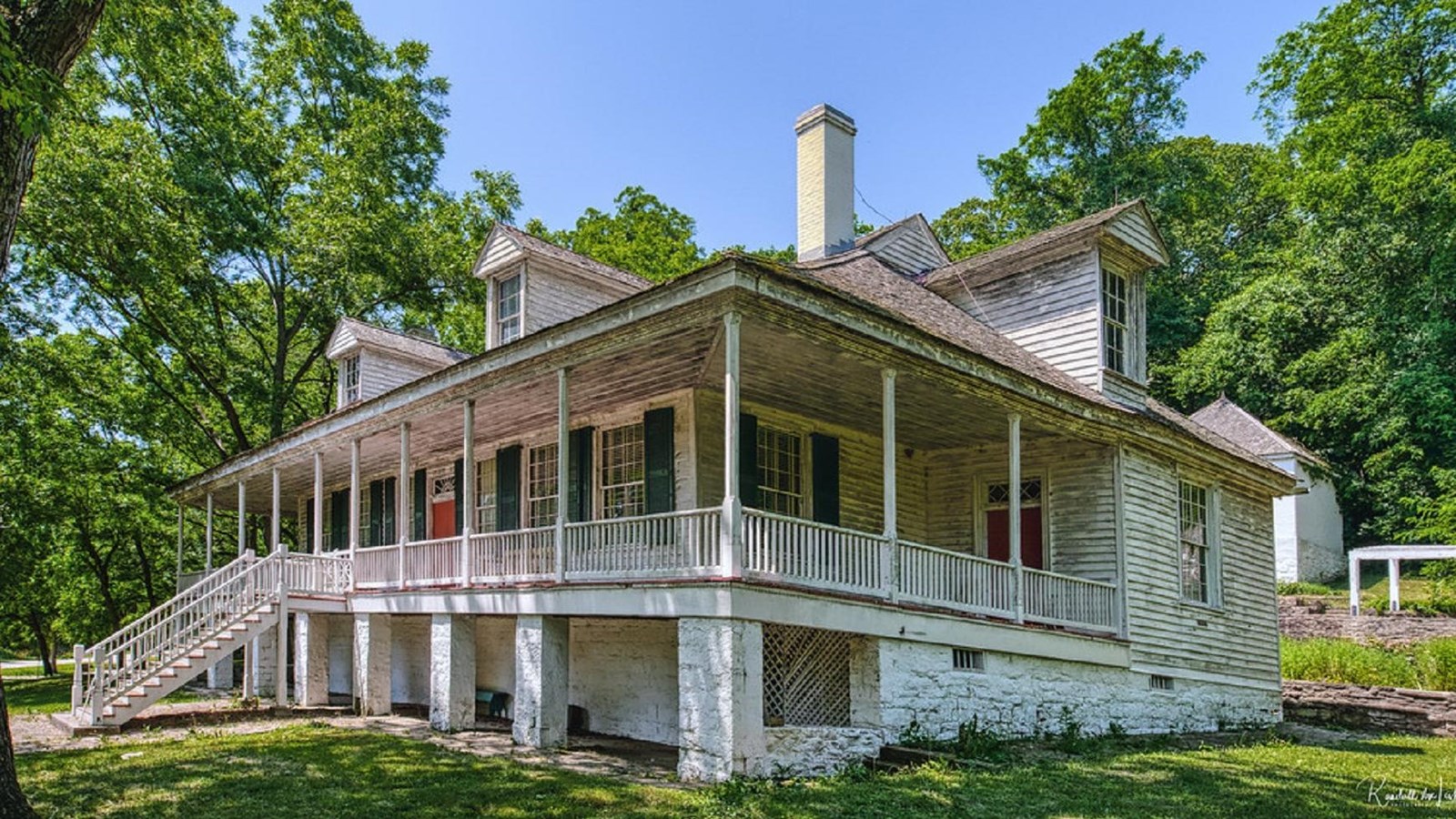Last updated: June 30, 2021
Place
Pierre Menard Home

"Pierre Menard Home State Historic Site, Ellis Grove, Illinois" by myoldpostcards is licensed under
Benches/Seating, Historical/Interpretive Information/Exhibits, Information, Information - Ranger/Staff Member Present, Parking - Auto, Parking - Bus/RV, Restroom
Lewis and Clark NHT Visitor Centers and Museums
This map shows a range of features associated with the Lewis and Clark National Historic Trail, which commemorates the 1803-1806 Lewis and Clark Expedition. The trail spans a large portion of the North American continent, from the Ohio River in Pittsburgh, Pennsylvania, to the mouth of the Columbia River in Oregon and Washington. The trail is comprised of the historic route of the Lewis and Clark Expedition, an auto tour route, high potential historic sites (shown in black), visitor centers (shown in orange), and pivotal places (shown in green). These features can be selected on the map to reveal additional information. Also shown is a base map displaying state boundaries, cities, rivers, and highways. The map conveys how a significant area of the North American continent was traversed by the Lewis and Clark Expedition and indicates the many places where visitors can learn about their journey and experience the landscape through which they traveled.
Called the “Mount Vernon of Illinois,” the Pierre Menard Home was completed in 1802 for Pierre Menard, a fur trader and entrepreneur who rose to political prominence as the first lieutenant governor of Illinois. The home is touted as the finest example of French colonial architecture in the central Mississippi Valley. The Menard Home is built of hand-hewn timbers and secured with wooden pegs. The grounds include a “post-on-sill” privy, a reconstructed brick smokehouse and a reproduction stone springhouse. The home includes an entry hall, parlor, dining room, bedrooms, and servants’ quarters. The kitchen is attached to the house by a stone walkway. Furnishings include period items with many belonging to the Menard family.
The ground level of his house is now a museum, allowing visitors to get some background information before going to the second floor living quarters. Many activities are held at the home allowing visitors to see and experience the lives of early Illinoisans.
